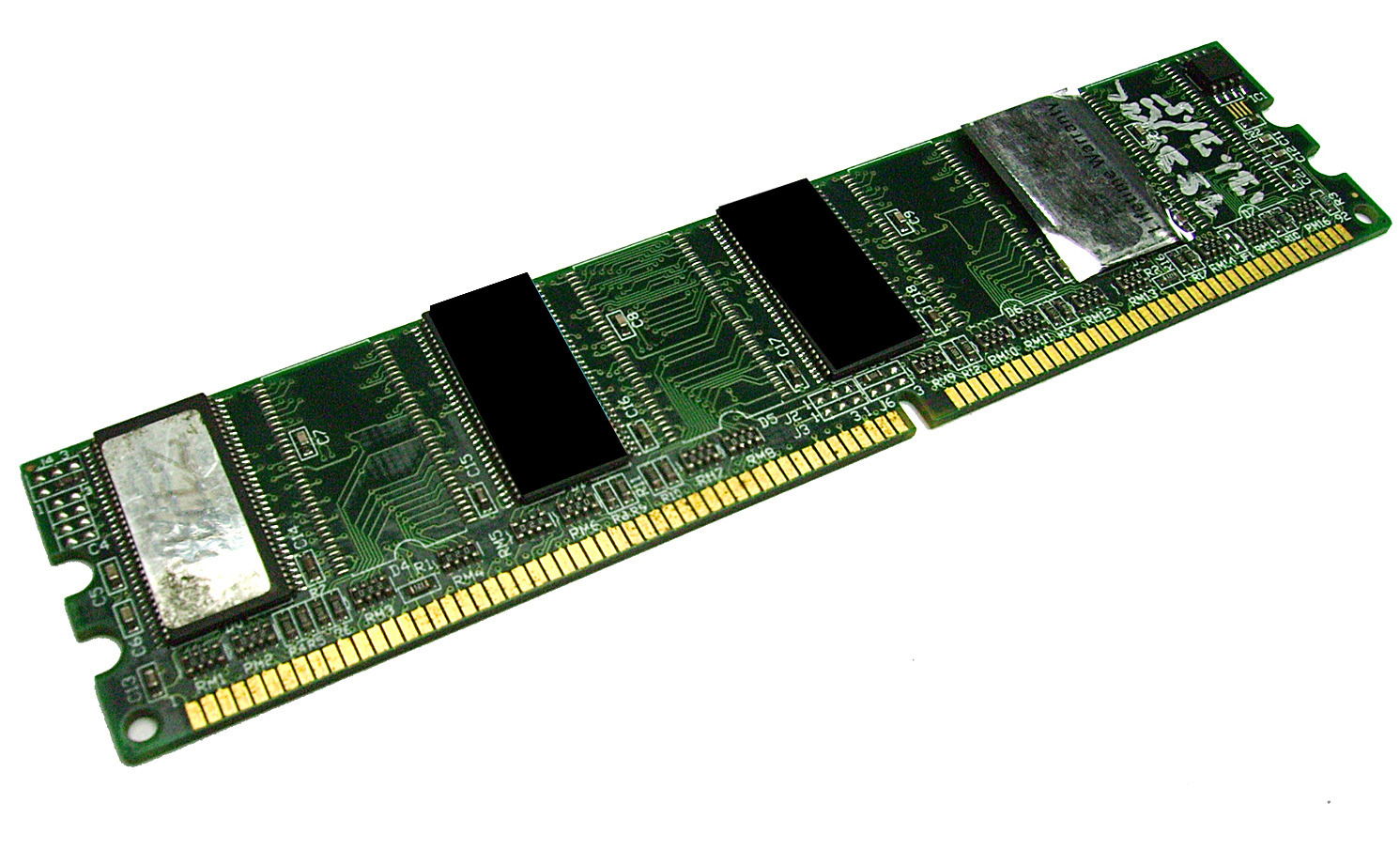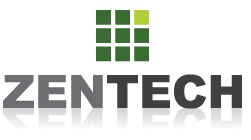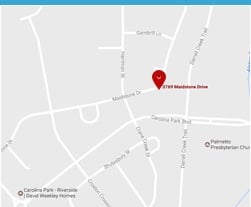
We all know what a stencil is, in the traditional sense. Children often make use of plastic stencil sheets in order to practice drawing shapes, while sign makers and other professionals are able to utilize them to create perfect letters. Here in the world of designing and manufacturing PCBs, though, we rely on laser cut SMT stencils. Although not too far off from the regularly recognized units, these laser cut SMT stencils are much more complex and simplify the process of PCB assembly by making it easier to apply solder paste to the board. This post will cover everything that you need to know about laser cut SMT stencils.
Uses
Throughout the electronics manufacturing process, a stencil may need to be used for a couple of purposes. First and foremost, stencils are a true life-saver when producing a board that relies on surface mount technology (SMT). Another instance when stencils are useful involves the use of automated component placement equipment (with the exception of hand-loaded prototypes. Why? Because it acts as an alternative to the requirement of hand soldering every single component.
Types
There are a few different types of stencils that may be chosen throughout the electronics assembly process. Here's a closer look at each:
-
Desktop Stencil - When hand assembly is needed for prototypes by hand, a desktop stencil is frequently chosen. It's extremely basic and the stencil makes it significantly easier to apply solder paste to a board by hand.
-
Framed Stencil - Framed stencils can either fall under the fixed frame or universal frame category. First we'll discuss the fixed frame units. These particular stencils range in size from 15"x15" to 23"x23". They either use a solid or hollow aluminum frame in order to hold the stencil. As the name implies, the stencil is permanently "fixed" to the frame. In the case of universal frames, the stencil is held within a frame that makes it possible to make changes to the unit, as they are needed. The advantage of a universal frame stencil is that costs can be reduced. This is because only a new frameless stencil needs to be ordered each time instead of a stencil that's affixed to a frame.
-
Rework Stencils - In some cases, a PCB might already be partially or entirely loaded with components and a problem component needs to be addressed. A rework stencil is frameless and is extremely small so that this component can be reloaded by hand.
Specs
In most cases, you'll find that stainless steel is used for stencils as it's extremely durable, but you may also come upon stencils comprised of Mylar. Each stencil is typically about .005" to .007" in thickness, and the most common size for stencils (framed) is 20"x20". You'll find that the pad size on the stencil as compared to the pad size of the PCB itself is usually scaled down approximately 10% of each side of the opening.
Benefits
Laser cut SMT stencils offer a number of benefits to users. First, they feature smooth internal pad walls which allows for superior paste release characteristics. It's faster and easier to work accurately - even for extreme fine pitch accuracy in printing. Because of this, the time and labor required to manufacture the board is drastically reduced, allowing for significant cost savings. Stencils also work to reduce the potential for defects and errors. As a result, the risk of being required to go back and rework the board or replace components is minimized. Finally, ultra fine pitch patterns can be realized without the typical setbacks and restraints, making it possible to print the challenging fine pitch devices that are in demand today.
Understanding how your contract manufacturing service works on your boards is the key to a solid partnership and enjoying the peace of mind that your electronics are being assembled with care and precision. Never hesitate to ask your CM for more information about their processes.





